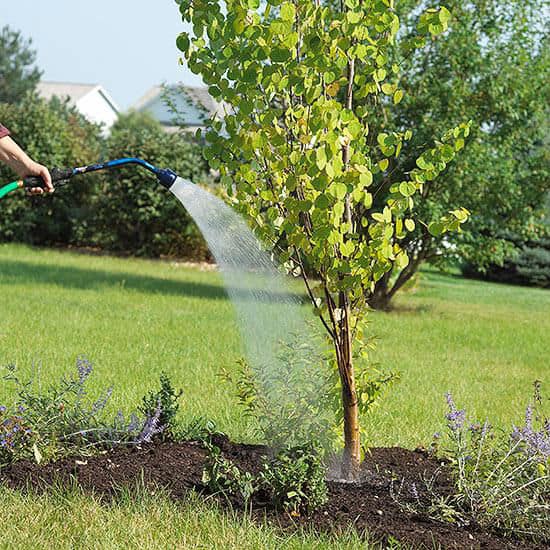

MOG on national forest lands supported the highest concentration of conservation values. All federal lands combined represented the greatest (35%) concentrations of MOG, ∼92% of which is on national forest lands with ∼9% on Bureau of Land Management (BLM) and ∼3% on national park lands (totals do not sum to 100% due to minor mapping errors in the datasets). MOG total ∼67.2 M ha (35.9%) of all forest structural classes and were scattered across 8 regions with most in western regions.

MOG were displayed by major forest types ( n = 22), landownerships (federal, state, private, and tribal), and Gap Analysis Project (GAP) management status overlaid on the NatureServe’s Red-listed Ecosystems and species, above-ground living biomass, and drinking water source areas. We present the first coast to coast spatially explicit MOG assessment based on three structural development measures-canopy height, canopy cover, and above-ground living biomass to assess relative maturity. National-scale proposals to protect 30 and 50% of all lands and waters are useful in assessing MOG conservation targets given the precarious status of these forests. Mature and old-growth forests (MOG) of the conterminous United States collectively support exceptional levels of biodiversity but have declined substantially from logging and development. 4Woodwell Climate Research Center, Falmouth, MA, United States.3NatureServe, Boulder, CO, United States.2Griffith Climate Action Beacon, Griffith University, Queensland, AU, United States.1Wild Heritage, A Project of Earth Island Institute, Berkeley, CA, United States.Kormos 1 Heather Keith 2 Brendan Rogers 4 DellaSala 1* Brendan Mackey 2 Patrick Norman 2 Carly Campbell 2 Patrick J.


 0 kommentar(er)
0 kommentar(er)
